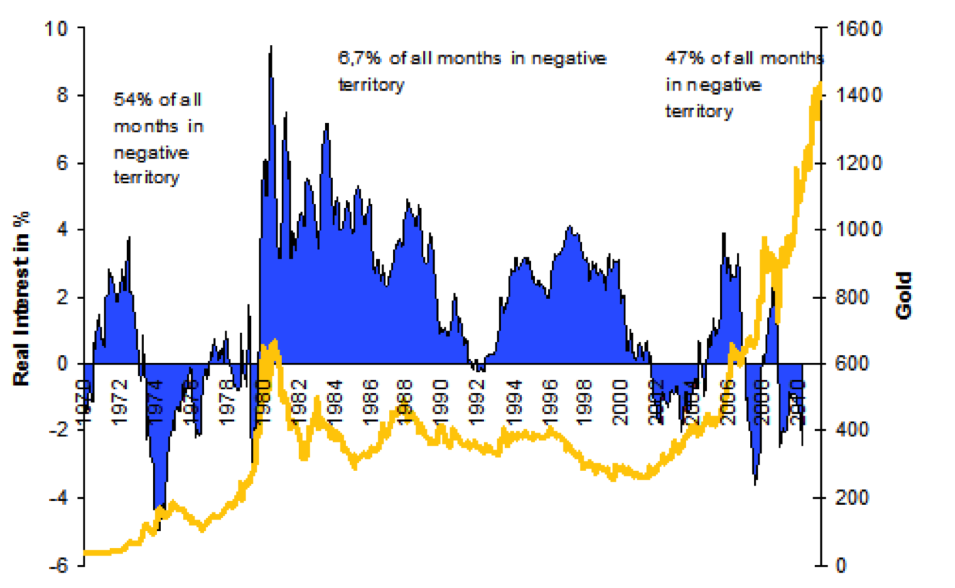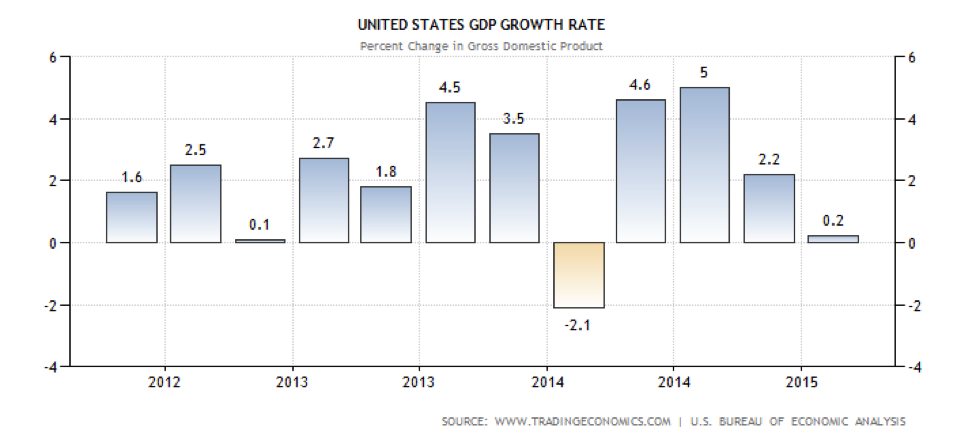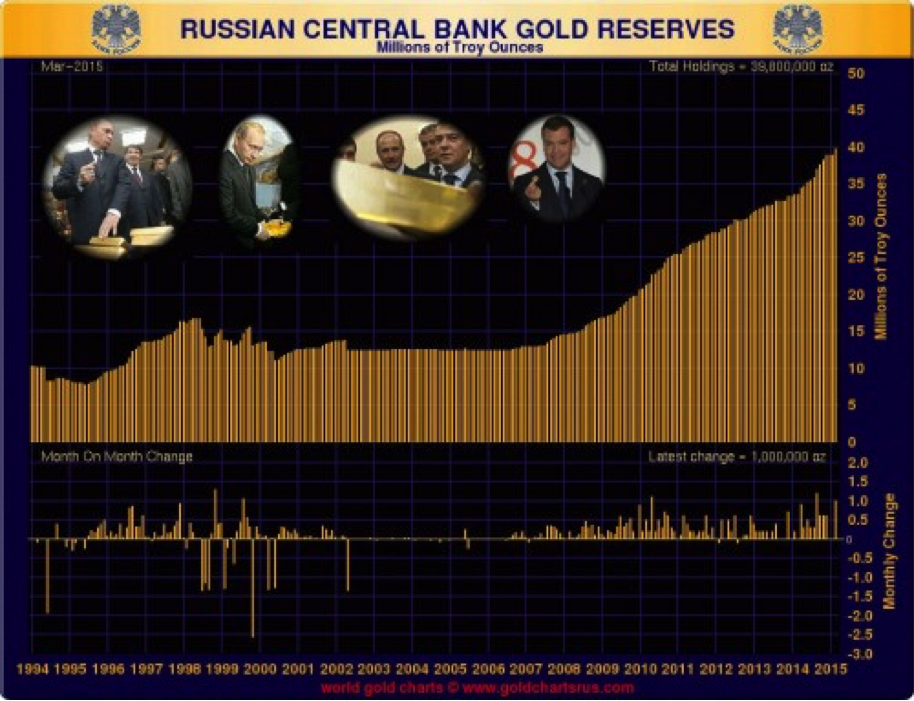Gold continues to defy the skeptics, demonstrating robust price support as we’ve previously advocated around the $1,200/oz mark. A host of positive factors are driving gold’s resilience – and most of them aren’t new.
US Interest Rate Speculation
Speculation regarding the US Federal Reserve’s potential moves on interest rates is the biggest game in town – and has been for some time now. Over the past couple of years the Fed has tried to talk tough with respect to interest rates, admitting it recognises the dangers of keeping rates too low for too long.
At the same time it points to economic growth in the US as clear evidence that its ‘easy money’ policies are working. But the ongoing problem is that whilst the Fed is prepared to talk the talk, it seemingly isn’t prepared to follow through, with rate rises in a perpetual state of deferral. What the situation underlines is the fragility of the US economic recovery – something the Fed won’t directly admit for fear of spooking markets.
The Fed’s easy money policies have distorted market prices and encouraged destabilizing financial speculation – as well as unfairly punishing savers. Even more importantly, the US economy and financial markets have become so heavily dependent on artificially-suppressed interest rates that it is extremely difficult for the Fed to wean markets off low rates without major repercussions.
The danger of course is that the situation won’t be reversed in time, resulting in dangerous potential consequences. Unfortunately, the Fed has a well-established tendency of not recognizing the consequences of loose monetary policy, nor tightening, until it’s far too late.
Now let’s turn our attention to the issue of a potentially rising interest rate environment (when it eventually happens), as there is quite a bit of ignorance around the topic. There are firstly many doubters whose firm belief is that a rising US interest rate environment is bad for gold – when in fact, the opposite is true.
The ultimate and real driver of the price of gold is a negative real interest rate environment, which is defined by nominal interest rates minus inflation. In the real world, central bank policies of inducing negative real rates in order to ‘incentivize’ borrowing have had the effect of expanding the money supply and devaluing currencies. We have seen this happen since the GFC, with virtually all major currencies declining substantially in value. Debt is inherently inflationary if you have the ability to print your own currency.
If we refer back to the period of significant commensurate interest rate and gold price increases during the 1970s, the gold bull market of the 1970s was dominated by inflation – interest rates rose steadily to keep up with it, but real interest rates were mostly negative for the entire period.

Indeed, the embryo of the gold bull market was formed back in the days of real interest rates and coincided with the commencement of a huge imbalance in key global economic factors, particularly in the USA. Importantly, many of those same economic factors have failed to improve.
The Fed’s easy money policies have distorted market prices, encouraged destabilizing financial speculation, whilst simultaneously unfairly punishing savers. Rock-bottom interest rates have forced older savers as well as others to take risks with their money in search of decent returns. This greater risk-taking has manifested itself in the form of US share and property bubbles, incentivized by the zero-interest rate environment and the Fed’s easy money policies generally.
The key is that the latest economic statistics do not support an early interest rates rise. The US Federal Reserve has admitted that the American economy has lost juice, with the latest data revealing March quarter growth of just 0.2%. The combination of the lower-than-expected GDP figures and the Fed statement, has led to markets lengthening the timeframe of any interest rate move – something we have been skeptical anyhow about for some time.

Ultimately, the Fed will likely have to raise interest rates, probably as a litmus test to see how the market reacts, but we anticipate no negative impact on the price of gold.
China Remains the World’s No 1 Gold Purchaser
The latest GFMS data shows China maintaining its No. 1 position in terms of gold purchases for 2014. Significantly, GFMS notes that Chinese imports of gold and deliveries from the Shanghai Gold Exchange (SGE) considerably exceeded the quoted consumption figure, owing to growth in gold leasing, increased holdings by commercial banks to back paper products and possibly some double-counting of gold due to round-tripping to Hong Kong.
Altogether the 20 nations included in the global Top 20 table account for almost 85% of total global gold consumption and, interestingly, no less than 13 of them can be classified as being in Asia and the Middle East, with China and India between them accounting for 47.3% of GFMS-calculated global consumption.
What’s also interesting is GFMS data with respect to the Top 20 gold consuming nations on a per-capita consumption basis. India is only in 19th place, whilst mainland isn’t even in the Top 20. The natural conclusion is that there is the strong potential for a huge percentage increase in gold consumption in both these nations, as per-capita wealth grows.
Official sector gold purchases during across the world amounted to 466 tonnes net, which was up 14% from 2013 – and the second highest level since the end of the gold standard. The Russian central bank was the biggest such gold purchaser during 2014 with 173 tonnes, while several CIS countries also increased their gold holdings. GFMS expects this sector to remain a source of demand for gold over the medium-term.
Something else worth conjuring with from the Chinese perspective is its accelerated efforts to make its currency, the yuan, a viable competitor to the US dollar. This situation has in turn renewed speculation that the Chinese government has stockpiled gold as part of a plan to diversify $3.7 trillion in foreign-exchange reserves.
Bloomberg Intelligence suggests that The People’s Bank of China could have tripled its holdings of bullion since it last updated them during April 2009. Its estimate of 3,510 metric tons is based on a combination of trade data, domestic output and China Gold Association figures. To put this figure into perspective, a stockpile of this size would rank second only to the US on 8,133.5 tons.
Speculation has been growing that China could be preparing to update its disclosed holdings, as its policy-makers are currently pushing to add the yuan to the International Monetary Fund’s (IMF) currency basket – known as the Special Drawing Right – which includes the dollar, euro, yen and British pound. The issue might come before the IMF’s meetings on the SDR, either during May or October.
The theory is that the Chinese believe that even a partial gold backing of the yuan will hugely enhance the global financial credibility of its currency in moving it to the next level in global trade. Its inclusion in the SDR basket would be a part of this and, with the size of its economy set to overtake that of the US, its un-pegging from the dollar would further improve its global convertibility and help make it a de facto reserve currency as far as global trade is concerned.
The IMF still holds 2,814 tons and most central banks have some on their balance sheets, with Russia more than tripling its holdings since 2005. China is the world’s largest gold producer and purchaser, however, the volume of metal held by its central bank when it last reported back in 2009 accounts for just 1% of its foreign-exchange reserves.
These same foreign exchange reserves have surged more than fivefold within a decade – and are currently the biggest in the world – driven by China’s enormous export volumes over the past decade.
The natural concern for China is that most of its reserves are held in US dollars – and adding gold and other assets to its reserves would ease its reliance on the dollar. Typically, the nations with the world’s most liquid currencies tend to hold a wide range of foreign-exchange reserves.
China’s capacity to expand its gold reserves has been reinforced by comments by Ashish Bhatia, the World Gold Council’s director, central banks and public policy, in New York. His view is that it’s ideal for central banks to hold between 4% and 10% of their assets in gold, which compares with China at 1% based on its last published figures. If China continues to increase its gold purchases then this will naturally be hugely supportive for the gold price.
Russia Aggressively Expanding its Gold Reserves
The Russian central bank added 1 million ounces of gold (31.1 tonnes) to its holdings during March after a two-month hiatus, bringing its total reserves to 39.8 million ounces (1,237.9 tonnes). Russia’s central bank’s strong gold buying pattern over recent years (which saw it purchase 150 tonnes during 2014 and 77 tonnes during 2013), is being seen by some as a potential geopolitical weapon and a way of adding credibility to its currency position.








